Freckles On Wrist Guide: Causes, Prevention, Removal
Genetics, age, or sun exposure - understand the many causal factors of these spots.
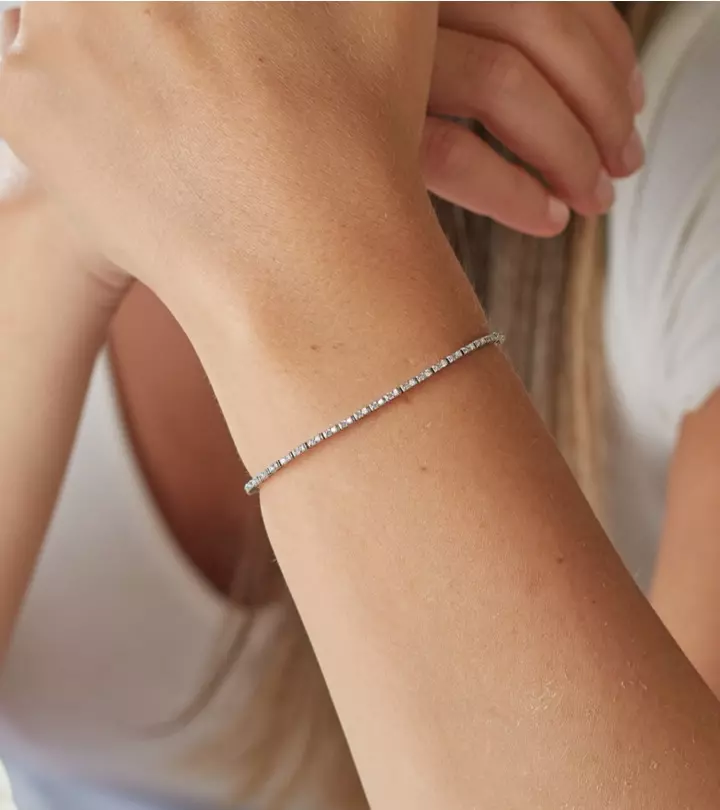
Image: shutterstock
All it took was a viral social media thread to start a conversation about the freckle on the wrist. In mid-2019, an image of different women’s wrists with a common freckle in the middle went viral. This sparked a discussion on the issue from across the world.

Though it was nothing but a coincidence, it led to more talks on these harmless spots. Are they caused due to underlying conditions? Read on to find out more about freckles on the wrist, their causes, and more.
In This Article
Matching Freckles On The Wrist: Myth Or Reality?
Back when the social media thread went viral, many people – especially women – came forward and confessed to having a freckle on the wrist. However, after much ado about the similarities, dermatologists concluded it to be the result of improper sunscreen usage rather than some huge conspiracy. Their positioning on the wrist was also ruled to be a coincidence.
When you go out into the sun, you usually slather sunscreen on your face, neck, and back. However, you might forget to adequately protect your arms from the sun. It is the sun’s rays on unprotected skin that often lead to the formation of wrist freckles.
It is important to note here that freckles, even darker freckles, are not to be confused with moles. Freckle vs mole distinction lies in their appearance and development. Moles are much darker than freckles and usually appear on the skin right from birth. Freckles, on the other hand, slowly develop once a child starts playing out in the sun.
Learn all about what causes freckles in the next section.
Key Takeaways
- Wrist freckles are often formed when you do not protect your skin from the sun.
- You can remove freckles from your skin through cryosurgery, laser treatment, and chemical peels.
- Applying sunscreen religiously when you step out can prevent wrist freckles from forming.
What Causes Freckles?
Freckles are formed due to melanin, a natural pigment found in the human body. It is responsible for giving your skin and hair a distinct color.
Globally, people belonging to different racial ethnicities have different levels of melanin. For example, while Indian and African skin has more melanin content, Caucasian skin has the least amount.
Melanin protects the skin from the harmful UV rays from the sun. Whenever any body part is exposed to sunlight, melanin production increases in that part of the body and darkens it. That is why freckles can usually be found on the face, neck, or arms, as these are the parts that are typically exposed to the sun.
There are mainly two types of freckles – ephelides and solar lentigines. The more commonly found freckles, like wrist freckles, are ephelides. These are also more widely associated with fair skin.
Unlike ephelides, solar lentigines are bigger and appear in old age. These spots usually occur in older people as a response to the photodamage caused to the skin due to exposure to the sun over the years.
Freckles develop more in individuals who have the MC1R gene. This gene is usually found in people with fair skin and red, brown, or blonde hair.
So, why do some women have matching wrist freckles? As mentioned earlier, wrists, in particular, are one of the few body parts that are not adequately covered with sunscreen before being exposed to the sun. As a result, depending on the level of sun exposure, the skin darkens and eventually forms freckles.
Do you want to remove your freckles? Learn about your options in the next section.
Can You Remove Freckles?
In general, freckles are harmless. However, depending on where they appear, many people feel that they look unattractive. This is especially so when there are tons of freckles on the face and neck. Consequently, to look as flawless as possible, people opt to get them removed.
Here are a few ways to remove freckles from your skin:
1. Cryosurgery
is a medical procedure in which a freezing liquid (usually liquid nitrogen) is used to remove unwanted tissue from the skin’s surface. Other than liquid, an instrument called a cryoprobe can also be used to remove freckles. The cryoprobe is cooled to an extreme temperature using liquid nitrogen or other cooling gases. With cryosurgery, it is possible to remove freckles from any part of your skin. However, you need to be very careful with this procedure as it may leave behind marks. Cryosurgery should also be avoided by people with darker skin tones.
2. Laser Treatment
Another method to remove freckles from the skin is laser treatment. The Nd:YAG (532 nm) laser is an effective treatment for freckles. In this treatment, the cluster of melanin absorbs the light from the laser, gets heated up, and cracks into smaller particles. As a result, when the skin flakes off normally, the freckle particles are also separated from the skin, thus fading the pigmentation over time. Multiple sessions may be required to see significant results.
3. Topical Retinoid Cream
Retinoids like tretinoin are used in topical creams to reduce unsightly pigmentation. Topical retinoid creams should be applied based on the recommendation of a dermatologist only . Although the creams may help lighten the skin or remove the freckles altogether, the use of the same may also have side effects. The more common side effects of topical retinoid creams are burning sensation, itching, peeling of the skin, and darkening of the skin.
4. Chemical Peels
Similar to a topical cream, chemical peels are applied to the affected area of the skin to remove discoloration. Dermatologists may prescribe chemical peels to ensure that the freckles are lightened as per the patient’s requirements. Glycolic acid or trichloroacetic acid are used in these peels to remove the freckles. Newer types of retinoid-based peels are also helpful. But remember to get chemical peels done by an experienced dermatologist only.
5. Bleaching Creams
Bleaching creams are skin-lightening creams that are used to remove uneven pigmentation from the skin. These creams directly bleach the skin to reduce pigmentation. The creams use several ingredients to ensure that they work. Bleaching creams are usually used to lighten dark skin, eliminate dark spots caused by acne or age, and remove freckles. However, these bleaching creams may lead to skin barrier damage and, therefore, should only be used if prescribed by a dermatologist.
6. Natural Remedies
Many people use home remedies for freckles to naturally lighten them. The application of turmeric, honey, yogurt, and natural oils are claimed to work in this regard. However, it is important to note that there is no scientific evidence to prove that they work for freckle removal.
7. Sunscreen
Always use a broad spectrum sunscreen with SPF 30 or more and PA +++, even when indoors, on all the exposed areas of your body. Reapply it every 3 to 4 hours to reduce freckles and prevent the formation of more.
 Quick Tip
Quick Tip7. Electrocautery
Electrocautery is a simple in-clinic procedure that is used to remove unwanted lesions and freckles in a controlled manner. It is performed after application of a local anesthetic cream.
Learn how to prevent the formation of wrist freckles in the next section.
How To Prevent Freckles From Appearing On The Wrists
Although your predisposition for freckles depends on your genes, freckles usually form due to inadequate protection from the sun’s rays. So, when you are stepping out into the skin, make sure you apply an adequate layer of sunscreen to all the exposed parts of your body, paying close attention to your wrists.
Sunscreen is not only meant for the summer – it provides protection all year long. However, if you want to forgo sunscreen, wear clothes that cover the exposed areas and adequately protect the skin. You can wear tops with full sleeves to especially protect your wrists.
Covering your arms and applying sun protection creams ensure that wrist freckles do not appear.
 Quick Tip
Quick TipWorried about the freckles on your body? Learn when you should go to a doctor in the next section.
When Should You Visit A Doctor?
On their own, a freckle or a cluster of freckles are nothing to be concerned about. These dark spots are harmless and darken or lighten depending on the season and the amount of sun exposure you get. They could also just be a side effect of certain medications. Diabetes may also cause dark spots and freckles to appear on the skin.
However, at times, a spot on your body or wrist could be harmless. It could be a precursor to something more serious. In such cases, you need to keep an eye out to ensure that you remain as safe as possible.
So, when is a dark spot not just a freckle?
When a new freckle on the body does not vanish after some time and darkens, itches, or even bleeds instead, it is time to approach a doctor.
Any freckle or spot on the body that appears unusual or causes discomfort should immediately be examined by a doctor. It could be one of the symptoms of skin cancer.
Most skin cancers are a result of exposure to the UV rays of the sun. The more common types of skin cancer are usually clustered on the skin that is generally exposed to sunlight.
Melanoma is less common when compared to other types of cancer. However, it invades other healthy cells and spreads to other parts of the body. Melanoma is one of the leading causes of death due to skin cancer. Therefore, it is necessary to get yourself screened regularly to ensure that none of your dark spots or freckles (on your wrist or otherwise) are cancerous. In addition, melanoma is harder to cure as it quickly spreads to other body parts – especially if you have a tendency to stay out in the sun for work or other reasons.
You can do a simple ABCDEF test to determine if your freckle/s are dangerous:
A – Asymmetrical: Split your freckle with a line drawn through it. If the two halves do not match each other, the freckle is asymmetrical.
B – Borders: The borders on a cancerous spot on the body may not be smooth. Instead, they are usually uneven or rough.
C – Color: Unlike a light brown freckle, a cancerous spot could be in different colors.
D – Diameter: Usually, any freckle or spot that is more prominent than a pencil tip could be a cause for concern.
E – Evolution: Any evolution in the shape and color of new or existing spots on the body should be mentioned to a doctor.
F – Funny-looking: Any freckle or spot that appears “funny” or different from all the freckles, moles, and spots on your body should be checked by a doctor.
Subsequently, it would be best to keep an eye on any new spots that you find on your body. If the spots remain or appear to mutate to different shapes, seek a consultation with your doctor to rule out any serious illnesses.
Freckles on your wrist appear due to genetics, lack of sunscreen, or overexposure to the sun. You can opt for various medical treatments such as laser therapy, cryosurgery, topical creams, chemical peels, or bleaching creams. If you want to go for more natural alternatives, you may use natural ingredients such as turmeric, yogurt, or honey to lighten your freckles. Since the freckles on your wrist may develop due to overexposure to the sun, ensure that you apply sunscreen on your wrists before stepping out. Consult a doctor if your freckles itch, darken, or bleed.
Frequently Asked Questions
Can freckles be cancerous?
No, freckles are non-cancerous. They are harmless blemishes that are mainly caused due to sun damage. However, consult a doctor if you are worried about your freckles.
What happens if you pick a freckle off?
It is advised not to remove a freckle without the supervision of an experienced and trusted health practitioner. Removing it without medical supervision may lead to infection and scarring.
Can freckles develop later in life?
Yes, freckles can develop later in life. Though they usually develop throughout childhood and adolescence, they can appear at any age.
Can a freckle appear overnight?
Freckles form as a result of repeated sun exposure. So, they do not appear overnight.
Are freckles liver spots?
No, freckles are not liver spots. Though liver spots are also formed due to continuous sun exposure, they are more common in older people and do not fade away with time. Liver spots last longer than freckles.
Explore the truth behind and celebrate the natural beauty of freckles with the below video. Discover the major causes, why they change color, and debunk myths and superstitions to gain insight about freckles and embrace this unique skin feature.
References
Articles on StyleCraze are backed by verified information from peer-reviewed and academic research papers, reputed organizations, research institutions, and medical associations to ensure accuracy and relevance. Read our editorial policy to learn more.
- Evaluating the Causes of Freckle and Nevus from the Viewpoint of Iranian Traditional Medicine
https://pubmed.ncbi.nlm.nih.gov/27840533/ - Sun-induced freckling: ephelides and solar lentigines
https://pubmed.ncbi.nlm.nih.gov/24517859/ - The melanocortin-1-receptor gene is the major freckle gene
https://pubmed.ncbi.nlm.nih.gov/11487574/ - Cryosurgical treatment of lentigo maligna
https://pubmed.ncbi.nlm.nih.gov/17537040/ - Laser therapy of freckles and lentigines with quasi-continuous frequency-doubled Nd:YAG (532 nm) laser in Fitzpatrick skin type IV: a 24-month follow up
https://pubmed.ncbi.nlm.nih.gov/12623553/ - Tretinoin
https://www.ncbi.nlm.nih.gov/books/NBK557478/ - Skin Resurfacing Chemical Peels
https://www.ncbi.nlm.nih.gov/books/NBK547752/ - Mercury Poisoning Linked to Skin Products
https://www.fda.gov/consumers/consumer-updates/mercury-poisoning-linked-skin-products - The ABCDEF Rule
https://www.ncbi.nlm.nih.gov/pmc/articles/PMC4345927/
Read full bio of Dr. Saloni Vora-Gala
Read full bio of Arshiya Syeda
Read full bio of Ramona Sinha
Read full bio of Swathi E






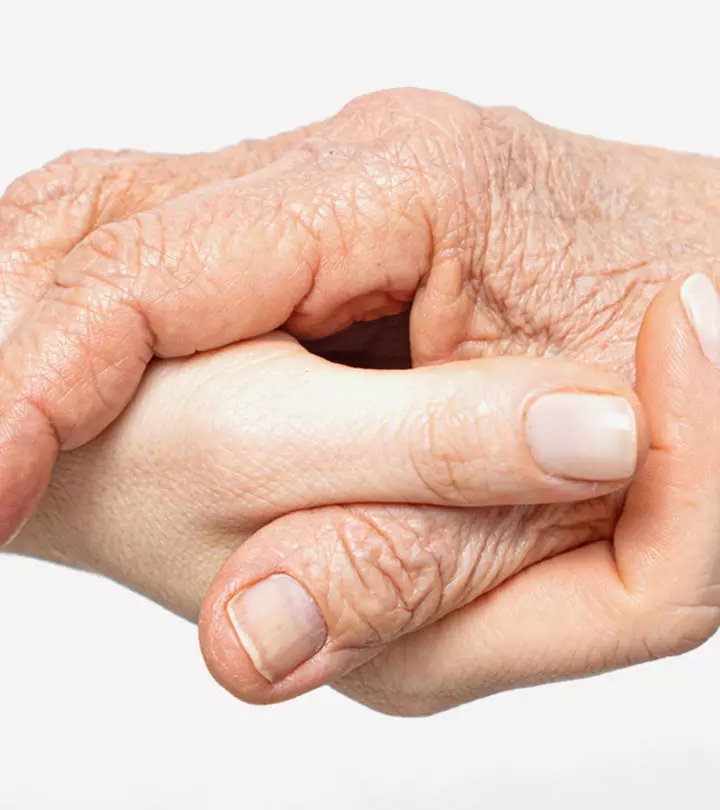




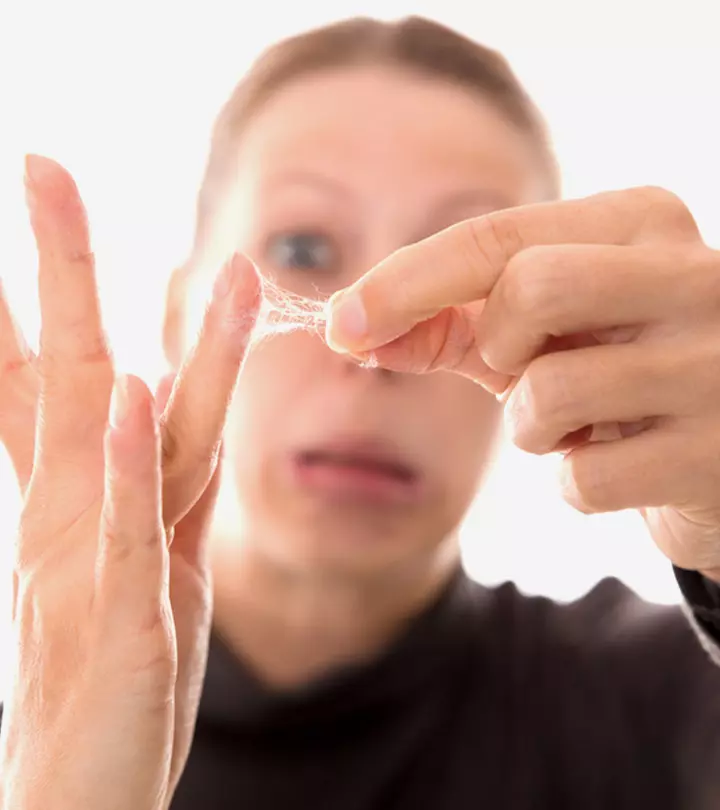
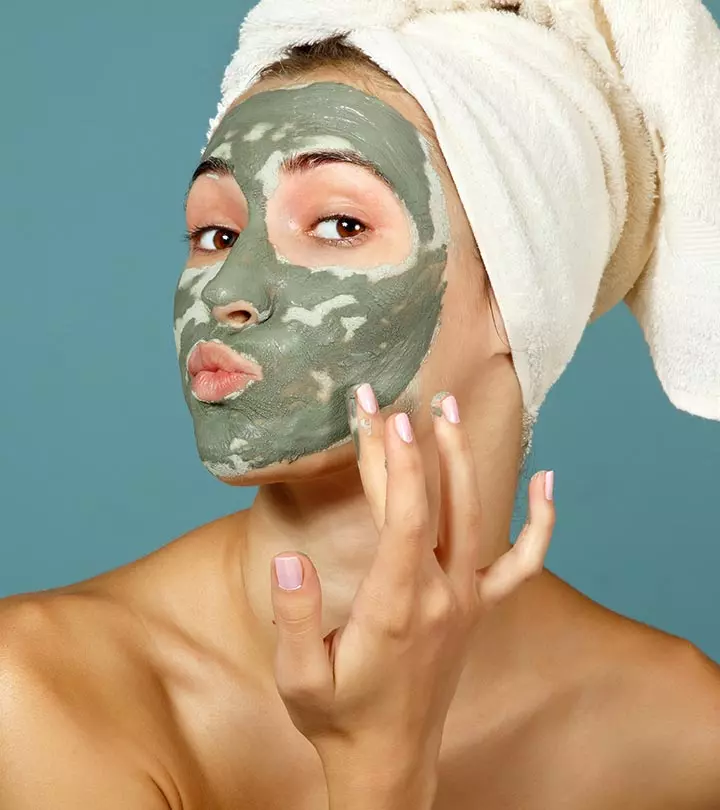
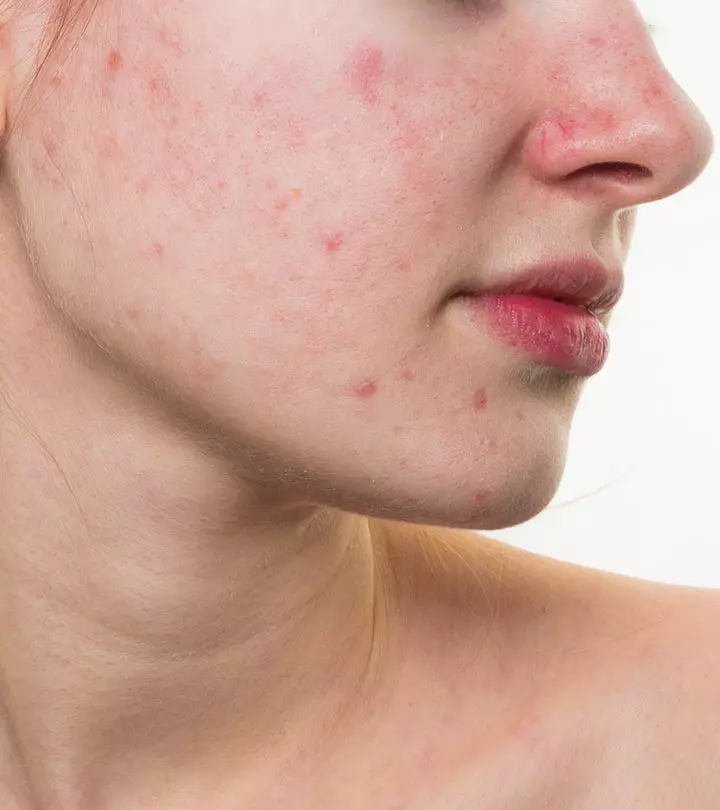







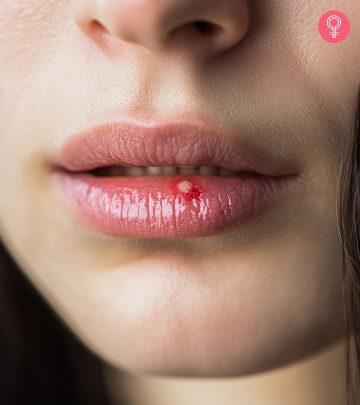
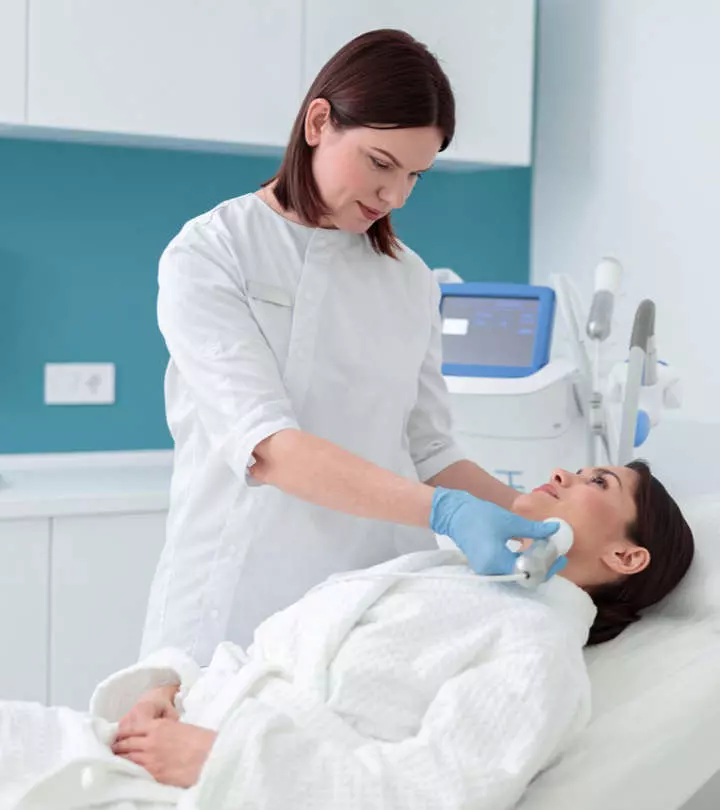
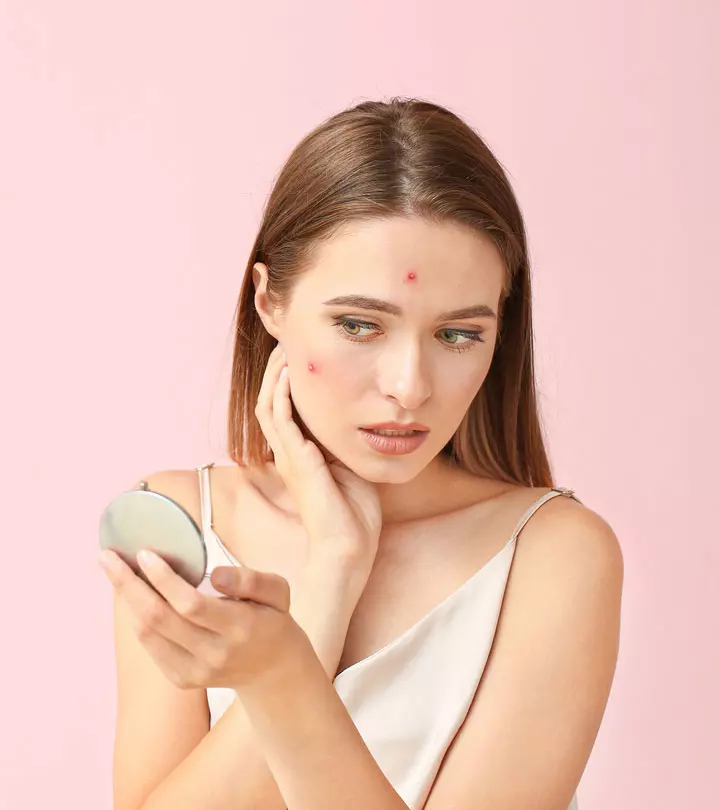



Community Experiences
Join the conversation and become a part of our empowering community! Share your stories, experiences, and insights to connect with other beauty, lifestyle, and health enthusiasts.